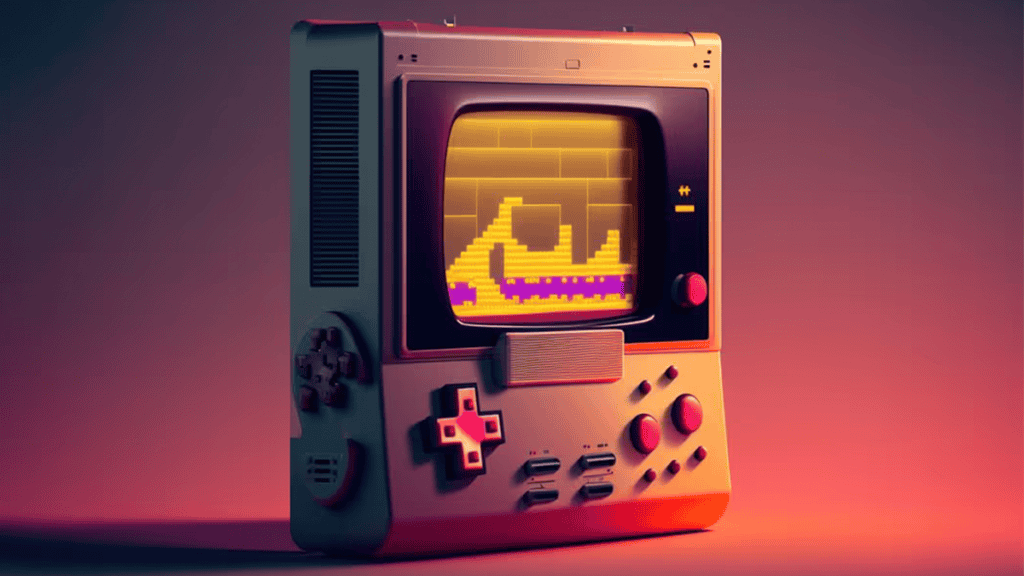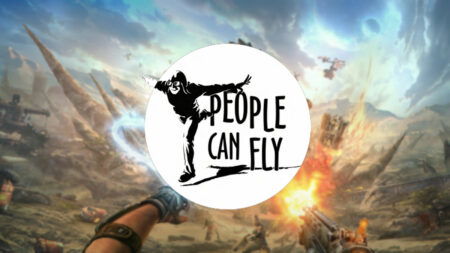Skip To...
[Updated on August 1, 2024, to improve readability.]
“Gaming was better in my day” is something you will probably hear from many middle-aged gamers, such as myself. Is this view that gaming is in decline down to simple rose-tinted nostalgia, or do middle-age gamers have a point?
Most likely, it is a bit of both. I have gone back to play some golden oldies I used to love only to then be left thinking, “I actually used to like this? It’s trash!” However, I have also gone back to other golden oldies and been left thinking, “This is brilliant — shame they do not make games like this anymore.” So, whether the games were better back then is somewhat subjective and probably depends on the games in question..
User Un-friendly
There is no denying that the consumer-hostile practices of paid-for day-one DLC, loot boxes, and microtransactions are a distinctly 21st-century phenomenon. I contend that the gaming experience as a whole has objectively declined due to their introduction. ‘Back in my day’ when you bought a game, you brought a complete package with all its content and features included. What’s more, unless optional official expansion packs were released at a later date (Opposing Force and Blue Shift for Half-Life, for example), you would not be expected to shell out any additional funds.
Not so now. These predatory practices are becoming ever more difficult to avoid. For a time, they could be evaded by avoiding the quagmire that is the free-to-play mobile game market. Console and PC games that required players to purchase the game up-front at retail prices were generally ‘safe.’ After all, no publisher is going to add microtransactions to a game that already costs $60, surely?
Unfortunately, this is precisely what some unscrupulous publishers did. Paid-for day-one DLC, loot boxes, and microtransactions started to become commonplace. Pay-to-win began to enter the lexicon of mainstream gamers, as did the tales of players running up huge debts to ensure victory.
Eventually, the ESRB stepped in. After their intervention, physical copies of games that featured in-game purchases had to be labeled as such when being rated. Not to be outmaneuvered, some publishers began introducing in-game purchases after the ESRB had rated them. This makes it very difficult to tell by looking at a game’s box/case, whether it features microtransactions or not.
This last move is particularly insidious. Gamers with addictive personalities may need to avoid temptation, and they might do so by avoiding games that feature in-game purchases altogether. “I can resist everything except temptation,” as Oscar Wild put it.
Now, they cannot guarantee that a game that lacks microtransactions will stay that way. They may find themselves running from game to game, forever trying to stay one step ahead of the introduction of these post-release in-game purchase mechanics.
More of the Same
Another blight on the gaming industry is the near-annualized games in some AAA franchises. Up until around 2007, sequels tended to be spaced widely apart. This allowed new technology to evolve between each game. As a result, each new game in a series tended to represent a significant leap in terms of the game engine, graphics, physics, sound, gameplay, AI, etc.
The Half-Life franchise is probably the best example of this, since not only are the games widely spaced apart, they run on different generations of hardware. Compare 1997’s Half-Life, 2003’s Half-Life 2 and 2020s Half-Life: Alyx.
Since 2007 we started seeing franchises releasing iterations roughly every 12-24 months, and I use the word ‘iteration’ deliberately. When the latest Assassin’s Creed, Battlefield, or Call of Duty looks, sounds, and plays much like the last, then I question whether it is right to call it a true sequel. “Expansion pack at a full retail price” might be a more accurate description.
This is why I abandoned the Call of Duty: Modern Warfare series after Modern Warfare 2, since to me, at least Modern Warfare 2 felt like an inferior rehash of Modern Warfare 1. “More of the same, but worse.” It was a definite decline in gaming quality. Perhaps future Call of Duty games will be an improvement.
The Assassin’s Creed franchise is another that suffers from too-frequent sequels. Compare 2007’s Assassin’s Creed to 2009’s Assassin’s Creed II and 2012’s Assassins Creed III. These near-annual release schedules put development teams under enormous pressure, leading to a decline in creativity and innovation.
Developing innovative gameplay mechanics takes time, as does implementing them effectively in-game. Once implemented, they will need to be thoroughly play-tested and refined to ensure they both work and positively add to the gameplay experience. A punishing release schedule with very tight deadlines may not allow for this, as there may not be enough time.
Risk Aversion
Another reason for the relative decline in innovation in AAA gaming is the sheer cost of making a AAA game. Some games have production budgets that rival a Hollywood blockbuster. Grand Theft Auto Five (GTA V) allegedly had a development and marketing budget of $265,000,000, making it the most expensive video game ever made.
With such enormous sunk costs, if an AAA game fails to meet sales expectations, it could well bankrupt the studio making it. Even publishers, who are often worth billions of dollars, might be affected by such losses, especially if several happened in a row. Therefore, AAA devs employ the same philosophy that Hollywood has embraced: “Make ‘safe’ products that are near guaranteed to make a profit.”
A new film in the Marvel Cinematic Universe (MCU) is almost guaranteed to turn a profit, as is the next Call of Duty game. Trying something new is simply too risky when such enormous sums of money are at stake.
This has resulted in something of a dearth of innovation in the AAA space, with most innovative games now coming from either the indie scene or from AA developers. Ninja Theory’s Hellblade: Senua’s Sacrifice, with its use of psychosis as a core mechanic, is an excellent example of innovation in AA games.
The Decline of Singleplayer Games
For some years now, multiplayer gaming has dominated the gaming scene, which has resulted in singleplayer campaigns being somewhat neglected. Many recent games appear to either prioritize their multiplayer component at the expense of the singleplayer campaign or simply do not feature a singleplayer campaign at all.
The recent glut of looter-shooters, arena shooters, and Battle Royales, such as Player Unknown’s Battlegrounds, Fortnite, and Overwatch, have left little opportunity for crafting quality single-player narratives.
As someone who has little interest in looter-shooters, arena shooters, or battle royals but adores rich lore-heavy narratives in single-player games, there has been little for me to get excited about in recent years.
Conclusion
A cursory glance at YouTube will show that many middle-aged gamers agree: Gaming as a whole has declined – it was better 10 to 15 years ago. There appears to be a general lack of enthusiasm among gamers of my generation for most of the big-name games either out now or on the horizon.
I, too, have found it difficult to get excited about most of them over the last few years. It would be easy to blame this on age; however, these subjective views appear to be backed up by objective facts.
That said, I am quietly optimistic about the future. Quality free-to-use game engines such as Unity and Unreal Engine 4 may enable smaller studios to create games that can rival the audio-visual chops of AAA games but on a near-indie game budget. This may unlock greater creativity and innovation and thus reverse gaming’s decline.
The predatory monetization practices of microtransactions, loot boxes, and the like have come under fire recently in both the US and the UK. In contrast, Belgium has band loot boxes completely as their government considers it a form of gambling. As a result, publishers may have to scale back these monetization methods in the future, which hopefully will benefit gamers everywhere.
The announced sequels in lore-heavy narrative franchises, such as Vampire the Masquerade Bloodlines 2, and Homeworld 3, give me hope that singleplayer games may be due a renaissance. Heck, even Valve is making singleplayer games again. So there’s still hope, even in the dire current state of the gaming industry.







